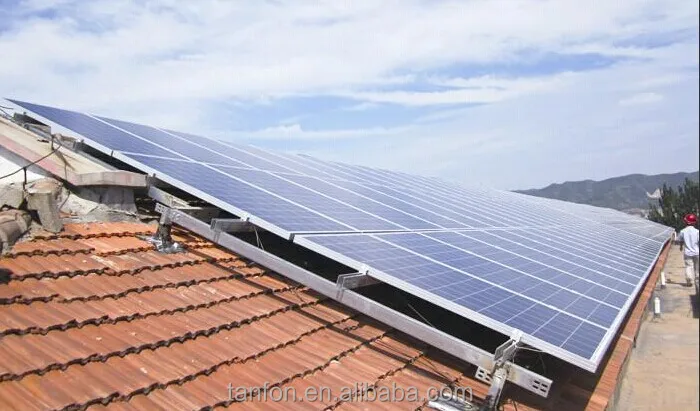

The plant by Reclaim PC reportedly recycles 100% of end-of-life solar PV modules using no chemicals. The proportion of materials potentially recoverable from solar panels is typically glass (75%), aluminium (8%), silicon (5%), copper (1%) and smaller amounts of silver, tin, lead and other components.īack in 2015 Sustainability Victoria estimated that Australia’s installed solar infrastructure has a 15- to 35-year expected lifetime, so the waves of end-of-life panels are not expected to hit the dirt for another decade or so but the rapid rise of solar installations, a few floods fires and hail storms has brought the issue to the fore.īut Australia’s first working solar panel recycling plant Is up and running. In 2021, non-profit EU solar panel recycling body PV Cycle announced it had collected 5,000 tons of modules in France, of which 94.7% could be recycled. FRELP process or “Full Recovery End of Life Photovoltaic” uses a hot knife to carefully separate out the silicon cells from the glass and plastic of the panel, which lets each component be processed separately.Current process is to grind them up, and use the crushed glass (glass cullet) but it costs $12 per panel and the panel is worth only $3.The silica cells which will be reused by some manufacturers.ĭead Solar Panels are the Hottest New RecylablesĪn article in Hackaday July 2022 spells out why recycling solar panels is a hot area.By then, the amount of PV waste will almost match the mass contained in new installations. IRENA estimated that global PV waste streams will grow from 250,000 tonnes in 2016 – or less than 1% of installed capacity – to more than five million tonnes by 2050. With less than 2% of GDP to move the globe to net zero with both renewable energy and electric transport the demand for whole of life recycling is urgent.Ī 2016 study jointly prepared by the International Renewable Energy Agency (IRENA) and the International Energy Agency (IEA) estimated around 250,000 tons of waste panels in 2016, but that would grow to 78 million tonnes of raw materials with a combined value of US$15 billion, and most of those could be recovered from solar panels globally by 2050. There are approximately 70 million (22.3GW) installed so far and research suggest there will be more than 1 million panels requiring replacement annually by 2031.

The challenge for recycling solar panels and wind turbines is growing quickly as Australia’s rooftop solar installations are the highest in the world (on a per capita basis). 3 Disruptions 8 Technologies by Tony Seba.


 0 kommentar(er)
0 kommentar(er)
